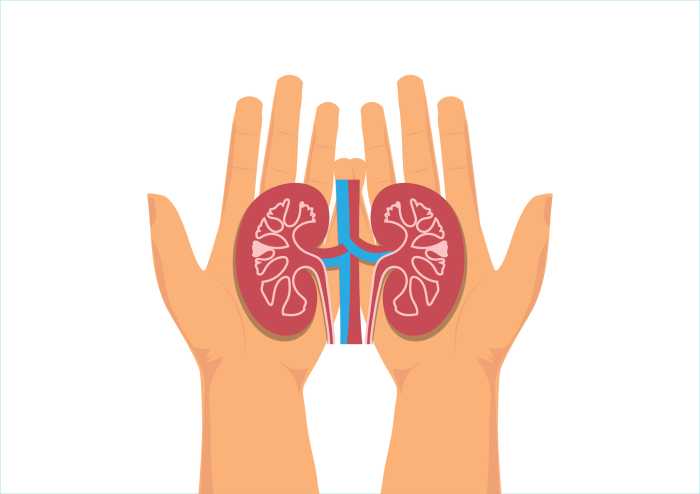Antibiotics are essential—even lifesaving—medications for treating certain bacterial infections. However, research indicates that a significant number of children have been prescribed antibiotics unnecessarily over the years, which can lead to serious health problems in the future.
After analyzing cases involving approximately 12,000 children up to 17 years old at 32 hospitals across the U.S., researchers from Washington University School of Medicine discovered that one-quarter of these young patients were inappropriately prescribed antibiotics. Furthermore, a follow-up study found that the excessive use of antibiotics among children resulted in $74 million in additional healthcare costs over one year, while the children were eight times more likely to suffer from harmful side effects.
And this isn’t just happening in the U.S. In November 2023, the World Health Organization (WHO) announced that antimicrobial resistance- bacteria, viruses, fungi, and parasites that are resistant to antibiotics- is one of the top global public health concerns threats.
How can you reduce your child’s risk of bacterial resistance? Barbara Keber, MD, FAAFP, vice chair of family medicine at Northwell Health and chair of family medicine at Glen Cove Hospital, offers some insights and advice.
Navigating common childhood infections
First, consult the pediatrician to determine if your little one is experiencing a viral or bacterial infection. If the condition is viral (which includes the flu, COVID-19, a stomach bug, and the common cold), antibiotics should not be used.
“Just like with COVID, we have rapid tests and PCR tests for strep,” she explains. “If the child has a strep infection (which is bacterial), there’s almost a 100% chance that the PCR will come back positive. Therefore, if the test comes back negative and the doctor is fairly certain it is correct, the best solution is what we call ‘watchful waiting.’” This approach includes comfort measures such as gargling with salt water, drinking extra fluids (either hot or cold), sucking on ice pops, resting, and taking over-the-counter (OTC) pain medications designed for children to help ease the pain and treat the soreness.
However, if the rapid test returns negative but the doctor strongly suspects that your child has strep, antibiotics may be prescribed. “Then, if the PCR comes back negative, you would stop giving the antibiotics,” notes Keber.
She recommends a similar course of action for ear infections.
“Most ear infections stem from the same upper respiratory viruses that lead to the common cold,” she explains. “Since a doctor can’t determine the type of bug by merely examining the ear, this infection can be a bit trickier.”
If your child doesn’t have a high fever, home remedies (such as applying a warm compress to the ear, taking OTC medications, and sucking on ice pops, which help open the eustachian tubes and allow fluid from the ears to drain) are recommended. If they feel or look worse after 48 hours, it could indicate a secondary bacterial infection, and the child should be seen again to determine whether they need antibiotics. Alternatively, if they seem better after about seven days and then get worse, they may have developed a secondary bacterial infection that requires appropriate antibiotics.
Prevent antibiotic overuse
Along with limiting the use of antibiotics, keeping germs at bay can also reduce the need for medication. Keber emphasizes a lesson we learned during the pandemic: “Frequently washing hands with soap and water and cleaning high-touch surfaces, such as TV remotes, doorknobs, toilet handles, and countertops where food prep occurs, is so important,” she states.
Also, ensure that your child is up to date on their immunizations.
“We used to view H. flu (Haemophilus influenzae, a type of bacteria) as the primary cause of ear infections. However, the last child I treated for this condition was during my residency 40 years ago. Why? Because this was just before the vaccine became available.”



























